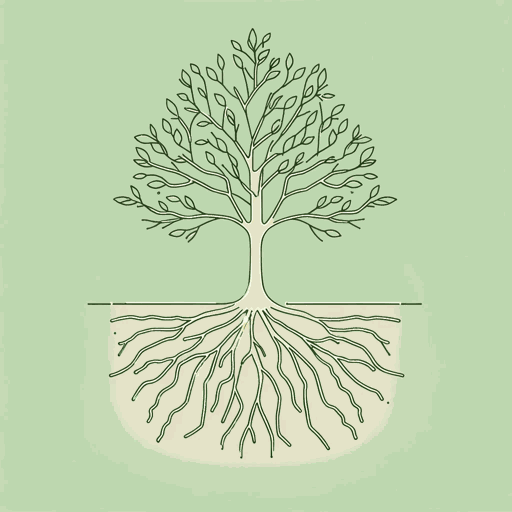42 pages • 1 hour read
Suzanne SimardFinding the Mother Tree: Discovering the Wisdom of the Forest
Nonfiction | Autobiography / Memoir | Adult | Published in 2021A modern alternative to SparkNotes and CliffsNotes, SuperSummary offers high-quality Study Guides with detailed chapter summaries and analysis of major themes, characters, and more.
Index of Terms
Clear-Cut
Clear-cutting involves cutting away all or most plants in a given area; as practiced by the Forest Service, it typically involved clearing everything but the capitalistically favorable pines. This practice is based on a Darwinian understanding of forest ecology that supposes trees, shrubs, and plants do not cooperate with one another. Simard began a career in scientific research to end this practice of clear-cutting and prove her theory of interspecies cooperation.
Free-to-Grow Policy
“Free-to-grow” was a new policy at the time Simard was beginning her research career; it involved eliminating the various shrubs and bushes that tended to take hold in areas where clear-cutting had eliminated the forest’s canopy. Foresters at the time believed that these plants posed a threat to the survival of new conifer seedlings. Although Simard and her supervisor, Alan, believed this was unlikely, they devised the Roundup experiments to test the policy’s effectiveness.
Hand-Falling
Hand-falling (also known as hand-felling) is the practice of chopping down a tree without modern industrial machinery; this is the kind of felling that Simard’s family historically practiced. Hand-falling is a necessarily slower and more personal process—the person chopping down the tree must be alongside it rather than some distance away in a vehicle—and Simard implies that this explains her family’s more respectful attitude toward the forest and their appreciation of

